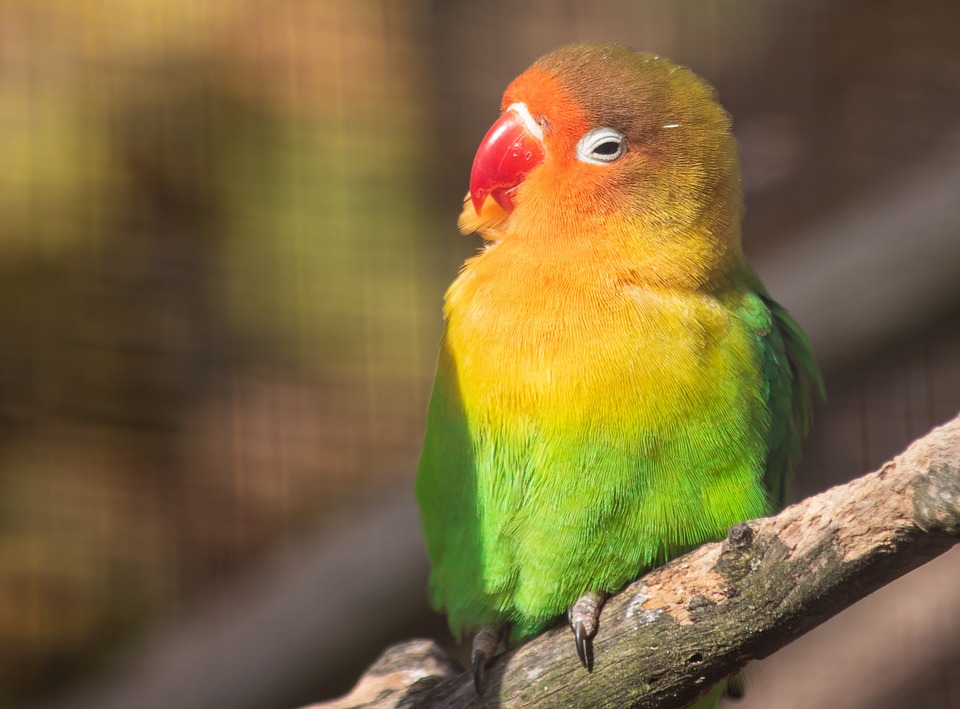Parrots are fascinating creatures known for their vibrant plumage and intelligent nature. However, their love for hanging swings is an aspect of their behavior that often goes unnoticed. In this article, we will explore the captivating behavior of parrots on hanging swings, shedding light on their motivations, preferences, and the benefits of incorporating swings into their daily lives.
One of the main reasons why parrots love hanging swings is that they mimic their natural perching behavior in the wild. Parrots spend a significant amount of time perching on branches and swaying in the breeze. Hanging swings provide them with a similar experience, allowing them to feel secure and comfortable while providing them with a sense of stability.
Another reason why parrots enjoy hanging swings is the exercise and physical stimulation they provide. Swinging on a hanging swing encourages parrots to engage in physical activity, which is crucial for their overall well-being. The rhythmic motion of the swing helps strengthen their muscles, promotes agility, and provides an outlet for excess energy.
In addition to physical benefits, hanging swings also offer mental enrichment for parrots. These intelligent creatures require mental stimulation to prevent boredom and promote a healthy mind. Navigating the movement of the swing encourages problem-solving skills and fosters a sense of accomplishment for parrots.
When it comes to choosing a hanging swing for your parrot, there are various options to consider. Rope swings are a classic choice, providing a comfortable perch made from durable ropes. Parrots enjoy the tactile feel of the ropes and the ability to grip them securely while swinging. Wooden perch swings offer a natural and sturdy alternative, often adorned with colorful beads or chewable toys to enhance their appeal. For parrots that prefer a more natural feel, wicker or bamboo swings mimic the texture of branches found in the wild, allowing them to engage in behavior that closely resembles their natural habitat.
Now, let’s address some frequently asked questions about parrot behavior on hanging swings. Firstly, hanging swings can be enjoyed by a wide range of parrot species, including budgies, cockatiels, conures, and larger parrots such as African greys and macaws. However, it’s important to select a swing that suits the size and needs of your specific parrot species.
Introducing a hanging swing to your parrot should be done gradually. Begin by placing the swing near their cage, allowing them to observe and become familiar with it. Once they show interest, encourage them to step onto the swing using treats or positive reinforcement.
Regular cleaning of the hanging swing is crucial to ensure the health and hygiene of your parrot. Depending on the swing’s materials, cleaning can involve wiping it down, rinsing it with water, or using a bird-safe disinfectant. Consult the swing’s manufacturer or a veterinarian for specific cleaning instructions.
In conclusion, observing parrots on hanging swings is not only a delightful experience but also provides them with numerous physical and mental benefits. By understanding their motivations and preferences, we can create an enriching environment for our parrot companions. So, why not consider incorporating a hanging swing into your parrot’s habitat and witness their joy as they swing to their heart’s content?









